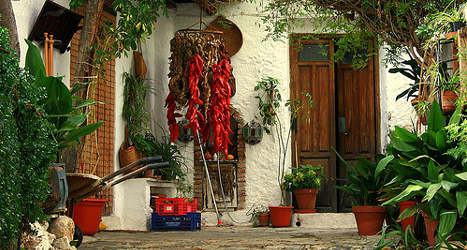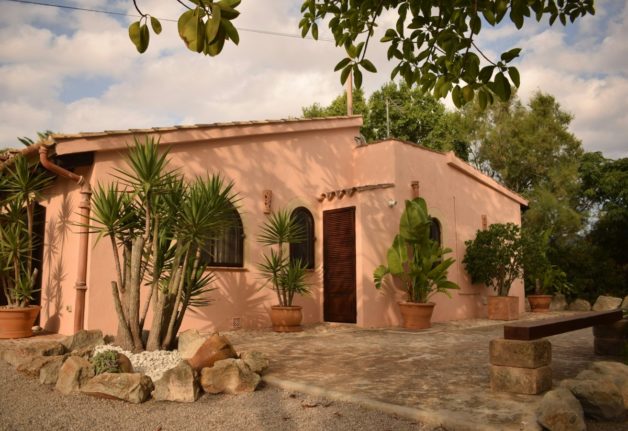Last year's 8.4 percent price hike is the largest annual figure since real estate giant Knight Frank started publishing its Global House Price Index in 1995.
It's a number the firm sees as a mirror of an upturn in the global economy.
But Spain's struggling property market is still in the doldrums. Prices fell four percent from the final quarter of 2012 to the same period a year later.
That puts Spain way down at 50th place among the 56 countries surveyed by Knight Frank.
On the plus side, Spanish property prices are now falling more slowly: the drop was 2.2 percent in the six month from the second quarter of 2013 to the fourth quarter of 2013.
The decline then slowed even further to 1.8 percent from quarter three to quarter four.
Fellow southern European struggler Italy saw a similar pattern, although annual figures there were even worse at – 5.3 percent.
"Europe continues to dominate the lower half of the table but the rate of decline is slowing in countries such as France, Spain and the Netherlands," said Kate Everett-Allen with Knight Frank's International Residential Research team.
At the other end of the table, Dubai notched up a staggering 34.8 percent annual rise in property prices, while Europe's best performer was Estonia where prices soared 14.5 percent.
Spanish property prices will continue falling in 2014 due to over-supply, mortgage restrictions, and the weak economy, Spanish property expert Mark Stucklin told The Local recently.
But Stucklin said he believed prices would stabilize in prime areas of Barcelona, Madrid, and popular coastal regions.
"Prime areas will lead the way towards a gradual recovery," he said.
Don't miss stories about Spain, join us on Facebook and Twitter.



 Please whitelist us to continue reading.
Please whitelist us to continue reading.
Member comments